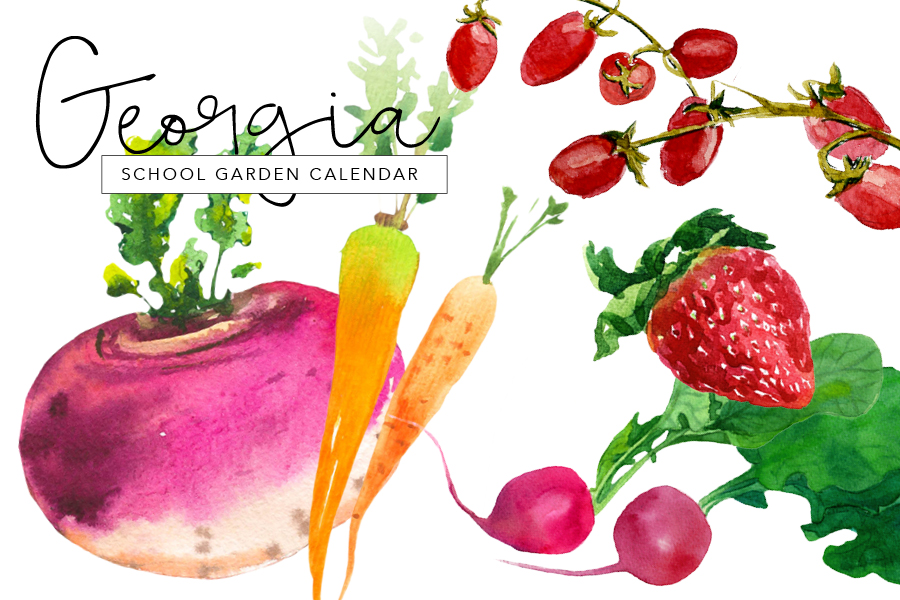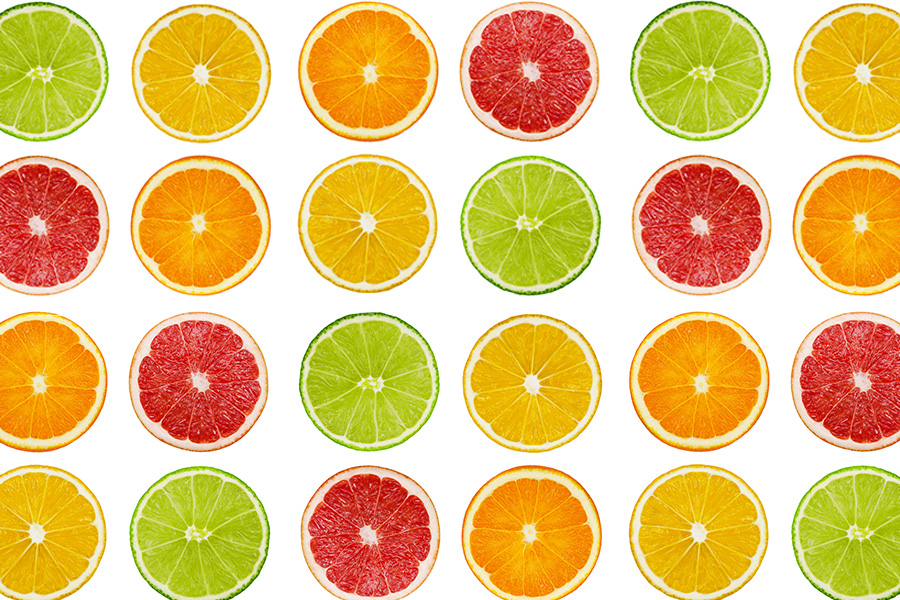-
 2017 plant disease losses, including control costs, amounted to an estimated $936 million. The value of the crops used in this estimate was approximately $6,634 million, resulting in a 14.1% relative disease loss across all crops included in this summary. The estimated values for most crops used to compute these…
2017 plant disease losses, including control costs, amounted to an estimated $936 million. The value of the crops used in this estimate was approximately $6,634 million, resulting in a 14.1% relative disease loss across all crops included in this summary. The estimated values for most crops used to compute these…|
-

This publication is the second in a series focusing on irrigation scheduling for vegetable crops. It contains basic guidance on water use and irrigation management for Brassica crops such as cabbage, leafy greens, broccoli, and cauliflower, and this information should assist growers in scheduling irrigation.
|
-
 Mechanical filtration removes suspended solids and dirt to greatly improve the clarity of water. Various kinds of mechanical filtration methods and devices are available for home water treatments. Primarily, the size of the suspended solids will determine the appropriate type of mechanical filtration device suitable for your unique situation. Consumers…
Mechanical filtration removes suspended solids and dirt to greatly improve the clarity of water. Various kinds of mechanical filtration methods and devices are available for home water treatments. Primarily, the size of the suspended solids will determine the appropriate type of mechanical filtration device suitable for your unique situation. Consumers…|
-
 The Japanese maple scale (JMS), Lopholeucaspis japonica Cockerell, is an insect pest of Japanese maples and several other ornamental tree species. This insect sucks out plant juices using its piercing and sucking mouthparts. Because JMS, similar to other armored scales, does not directly feed on the phloem vessels of the…
The Japanese maple scale (JMS), Lopholeucaspis japonica Cockerell, is an insect pest of Japanese maples and several other ornamental tree species. This insect sucks out plant juices using its piercing and sucking mouthparts. Because JMS, similar to other armored scales, does not directly feed on the phloem vessels of the…|
-
 The Japanese beetle (Popillia japonica Newman) (Scarabaeidae: Coleoptera), as the name suggests, is native to Japan and was introduced to the U.S. through the transport of plant material. It is a highly devastating pest, attacking a variety of landscape and garden plants, fruit trees, field crops and turf. This circular…
The Japanese beetle (Popillia japonica Newman) (Scarabaeidae: Coleoptera), as the name suggests, is native to Japan and was introduced to the U.S. through the transport of plant material. It is a highly devastating pest, attacking a variety of landscape and garden plants, fruit trees, field crops and turf. This circular…|
-

The Georgia School Garden Calendar gives school gardeners month-by-month guidance on growing and using a school garden successfully. Each month information is given on the horticulture of the school garden, classroom and curriculum ideas, and administrative and organizational tips.
|
-
 Dooryard citrus has been grown in Georgia for decades, but growing citrus commercially is new to Georgia growers. This publication addresses problem prevention, maintenance, insects, diseases, and some physiological issues of concern in Georgia. The time of year to address maintenance, insects, disease, and physiological issues is projected. Many of…
Dooryard citrus has been grown in Georgia for decades, but growing citrus commercially is new to Georgia growers. This publication addresses problem prevention, maintenance, insects, diseases, and some physiological issues of concern in Georgia. The time of year to address maintenance, insects, disease, and physiological issues is projected. Many of…|
-
 Tawny crazy ants (TCA), or Nylanderia fulva [Mayr], are one of a number of pest ant species that have been accidentally introduced to the U.S. mainland from abroad (Figure 1). The establishment and subsequent expansion of TCA have proven to be a major nuisance to property owners, disrupting ecological balance…
Tawny crazy ants (TCA), or Nylanderia fulva [Mayr], are one of a number of pest ant species that have been accidentally introduced to the U.S. mainland from abroad (Figure 1). The establishment and subsequent expansion of TCA have proven to be a major nuisance to property owners, disrupting ecological balance…|